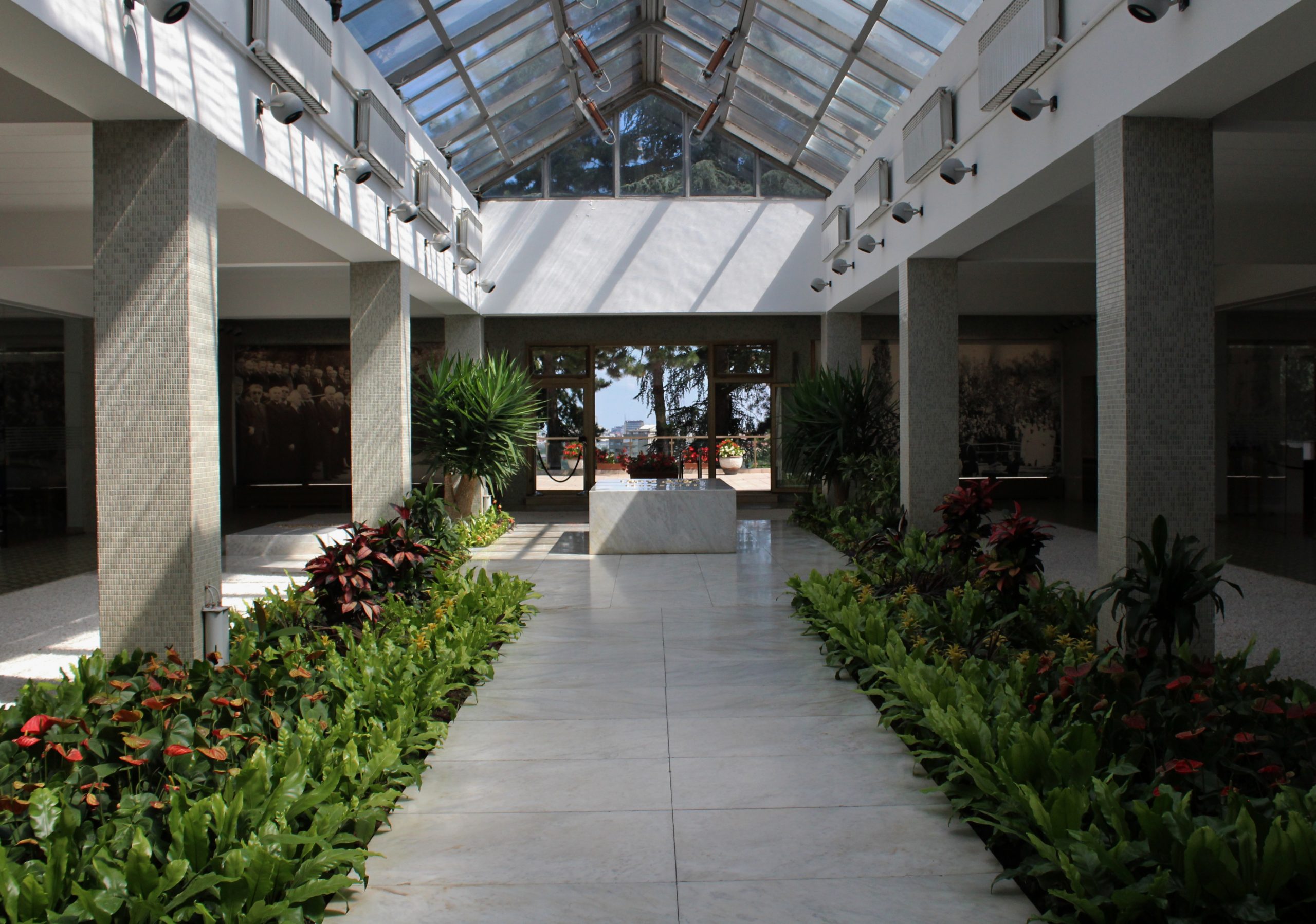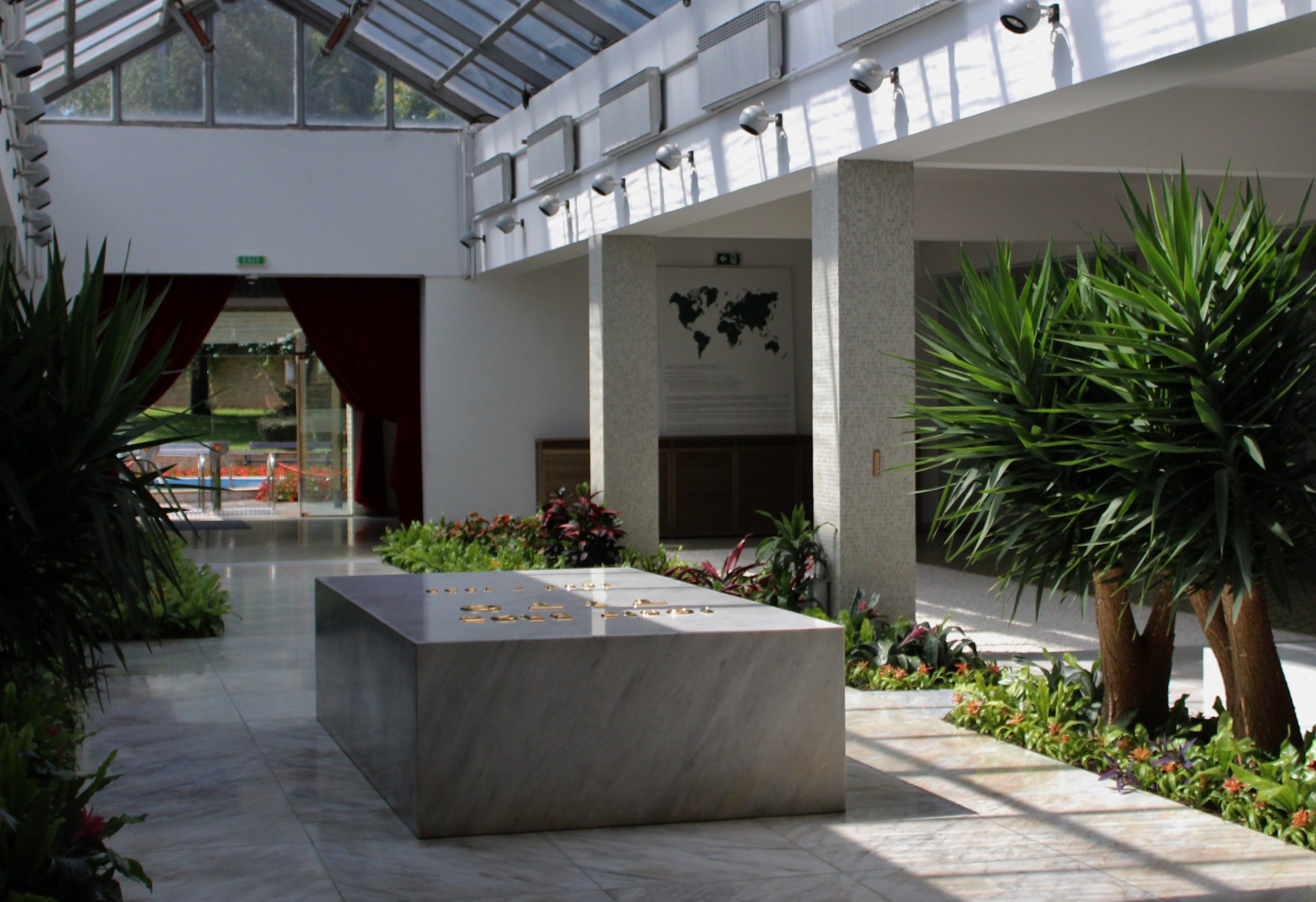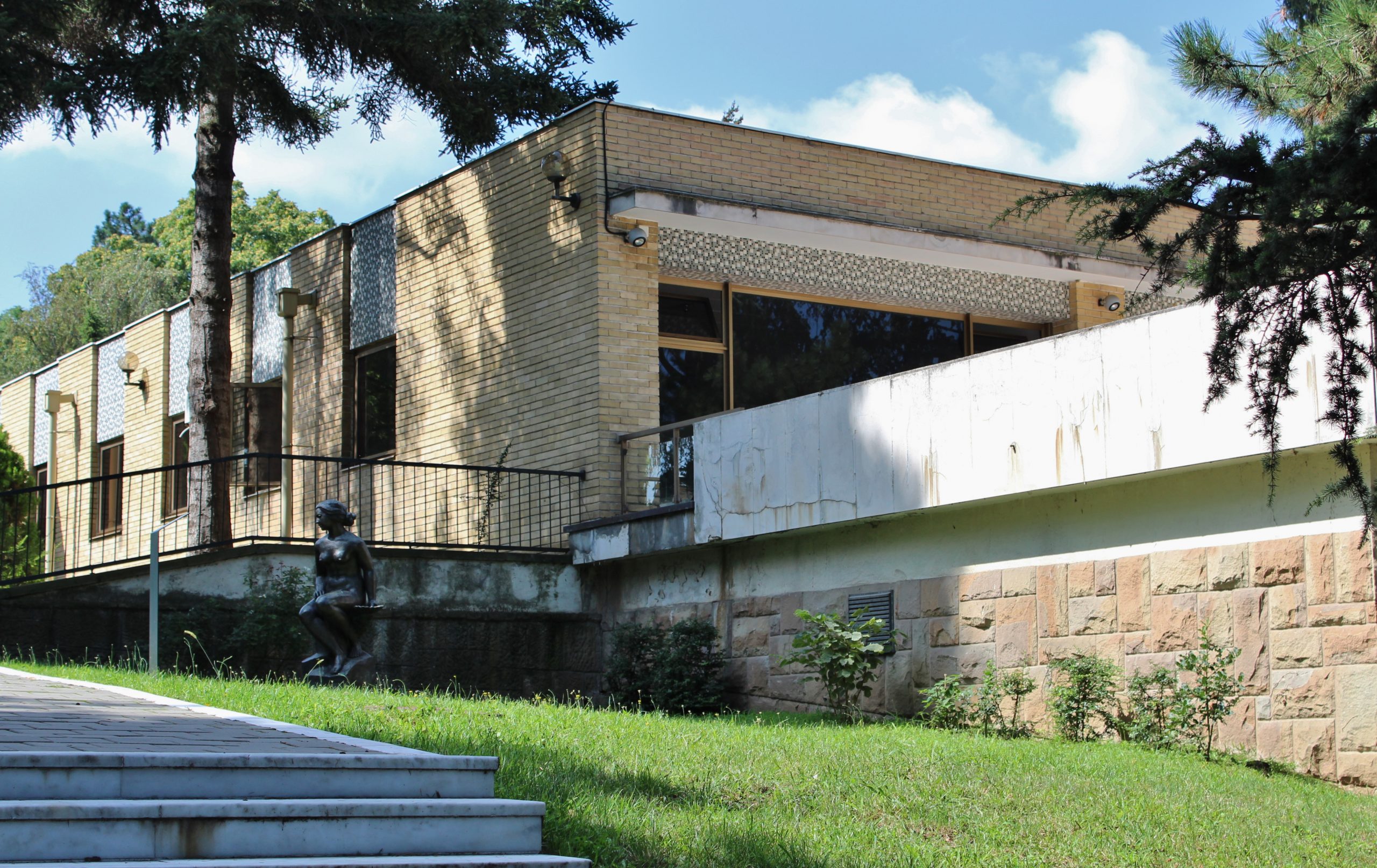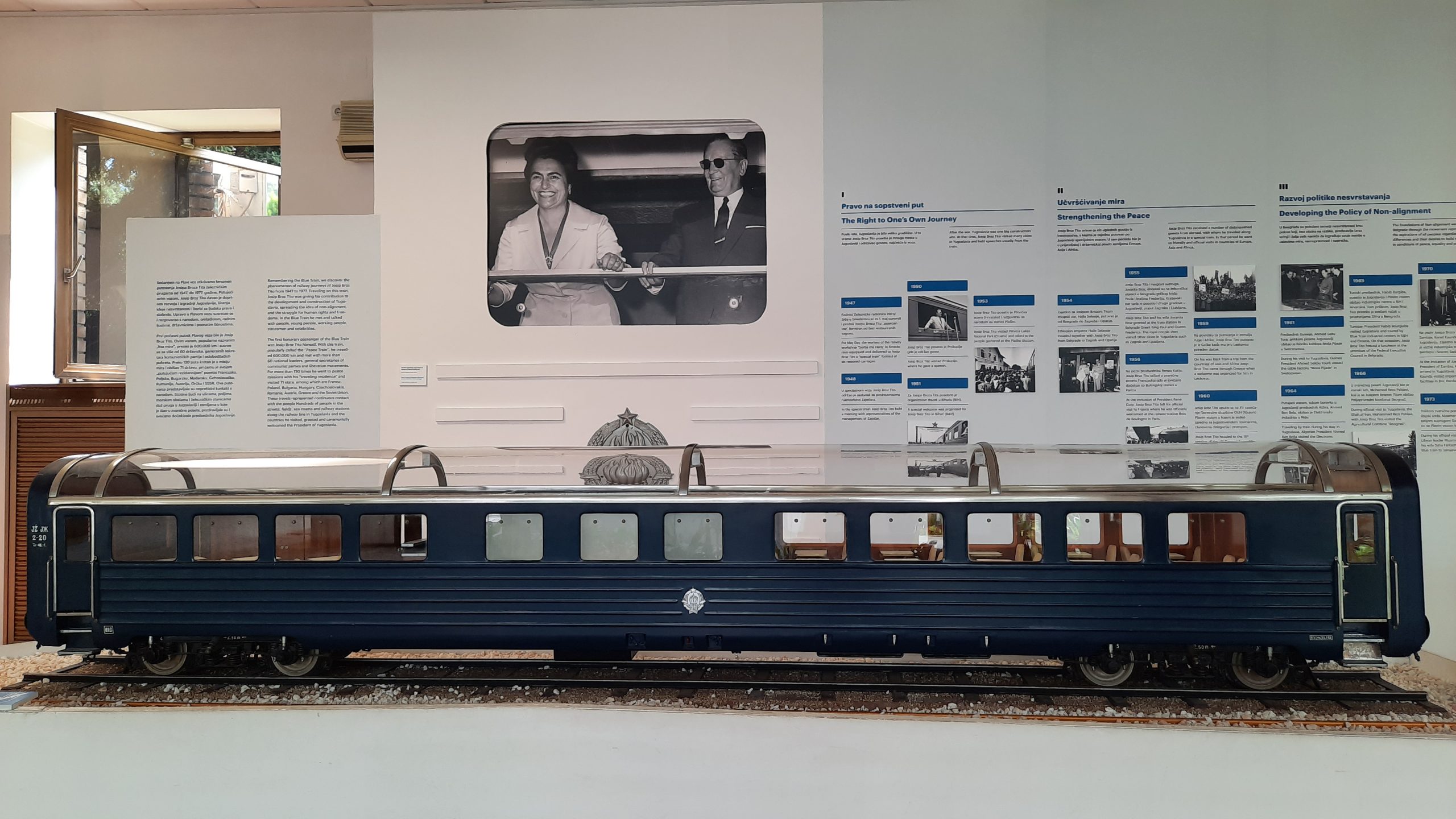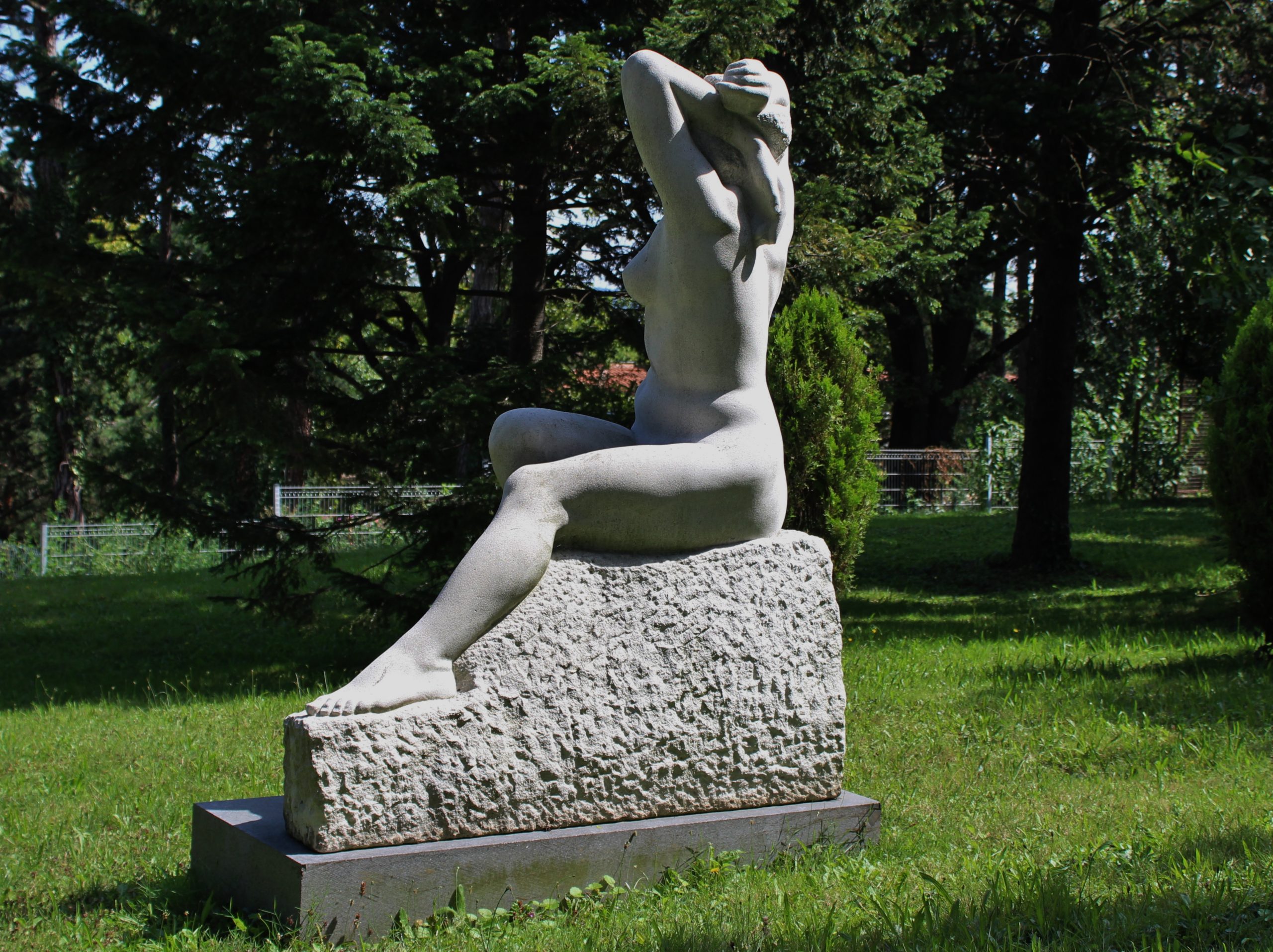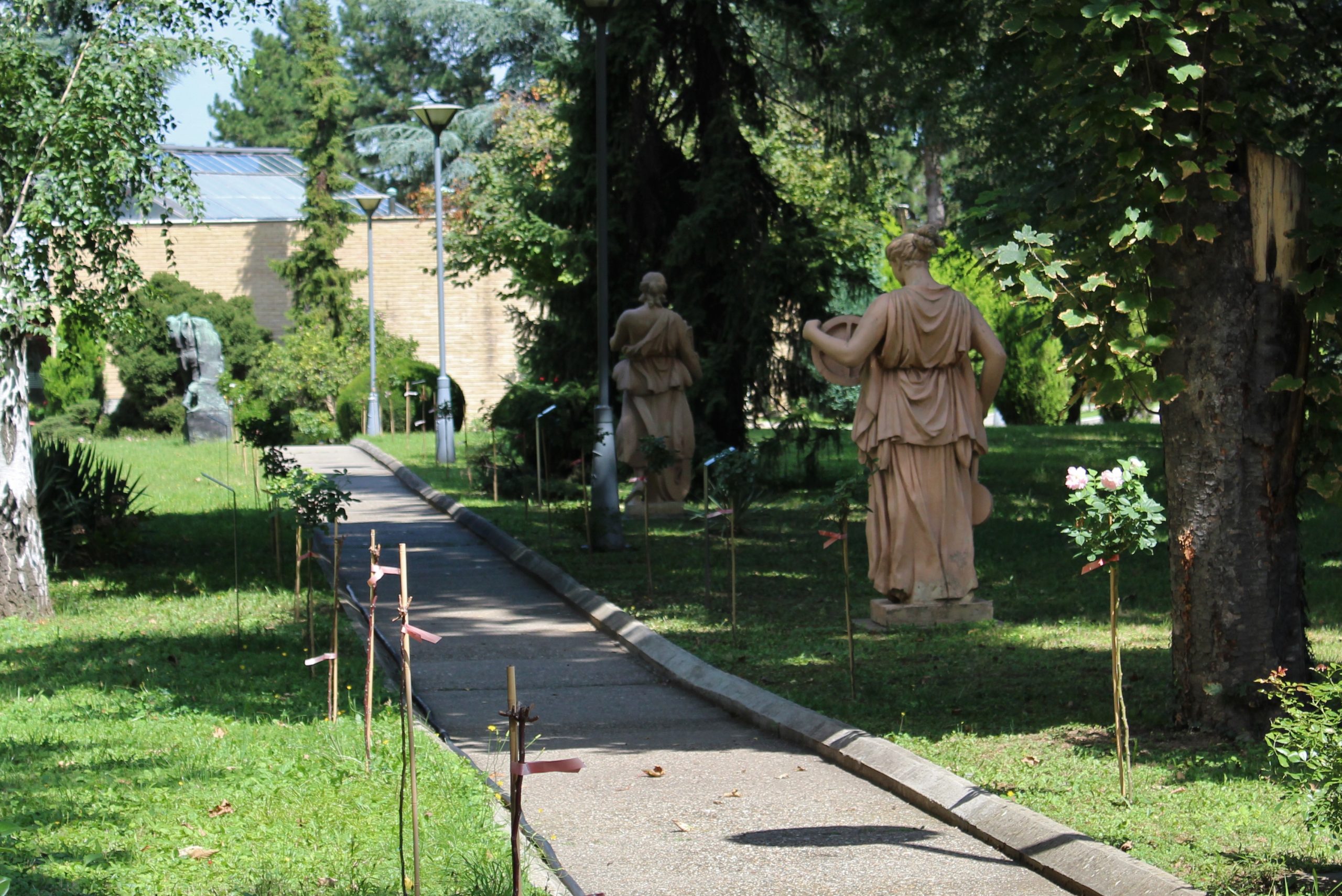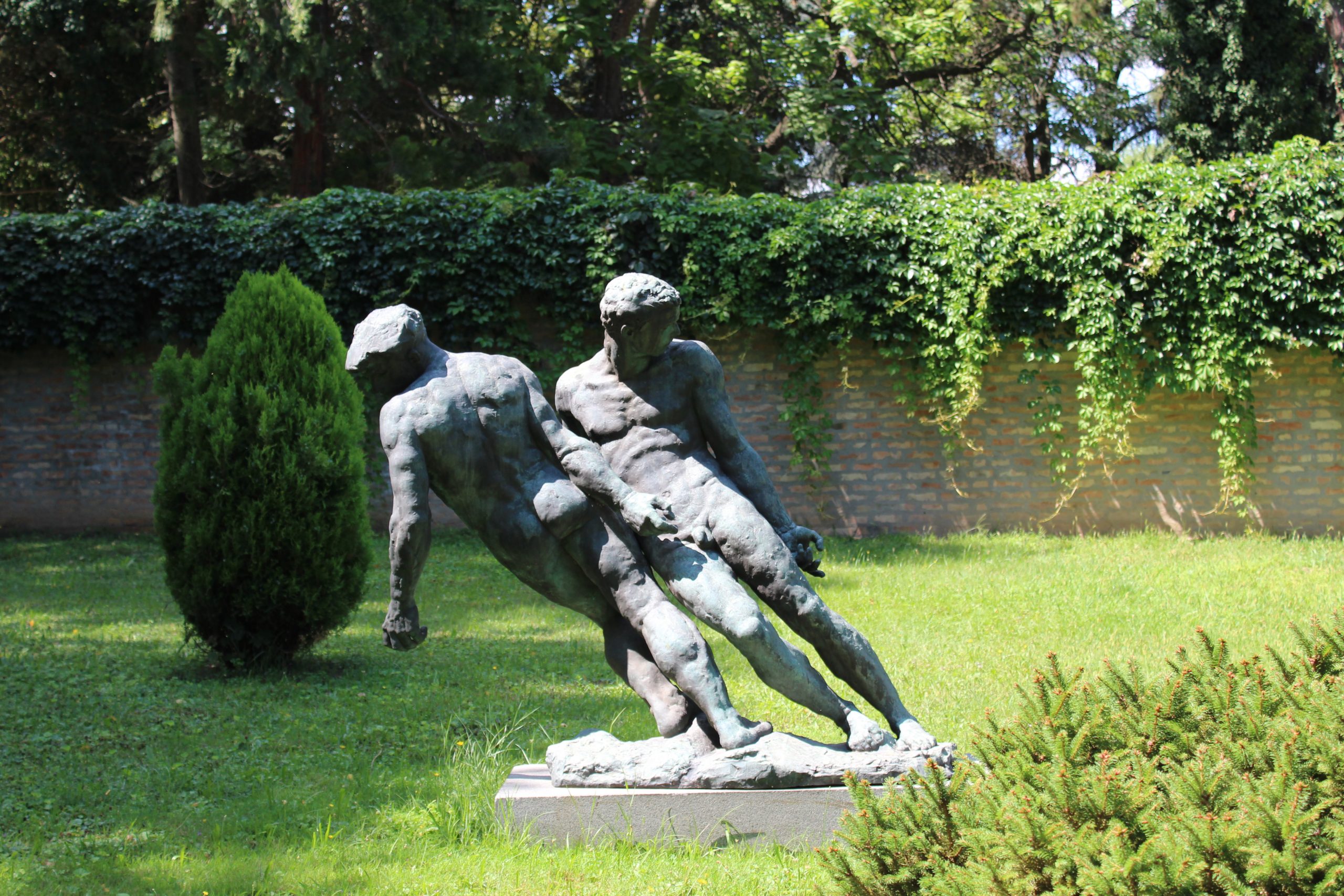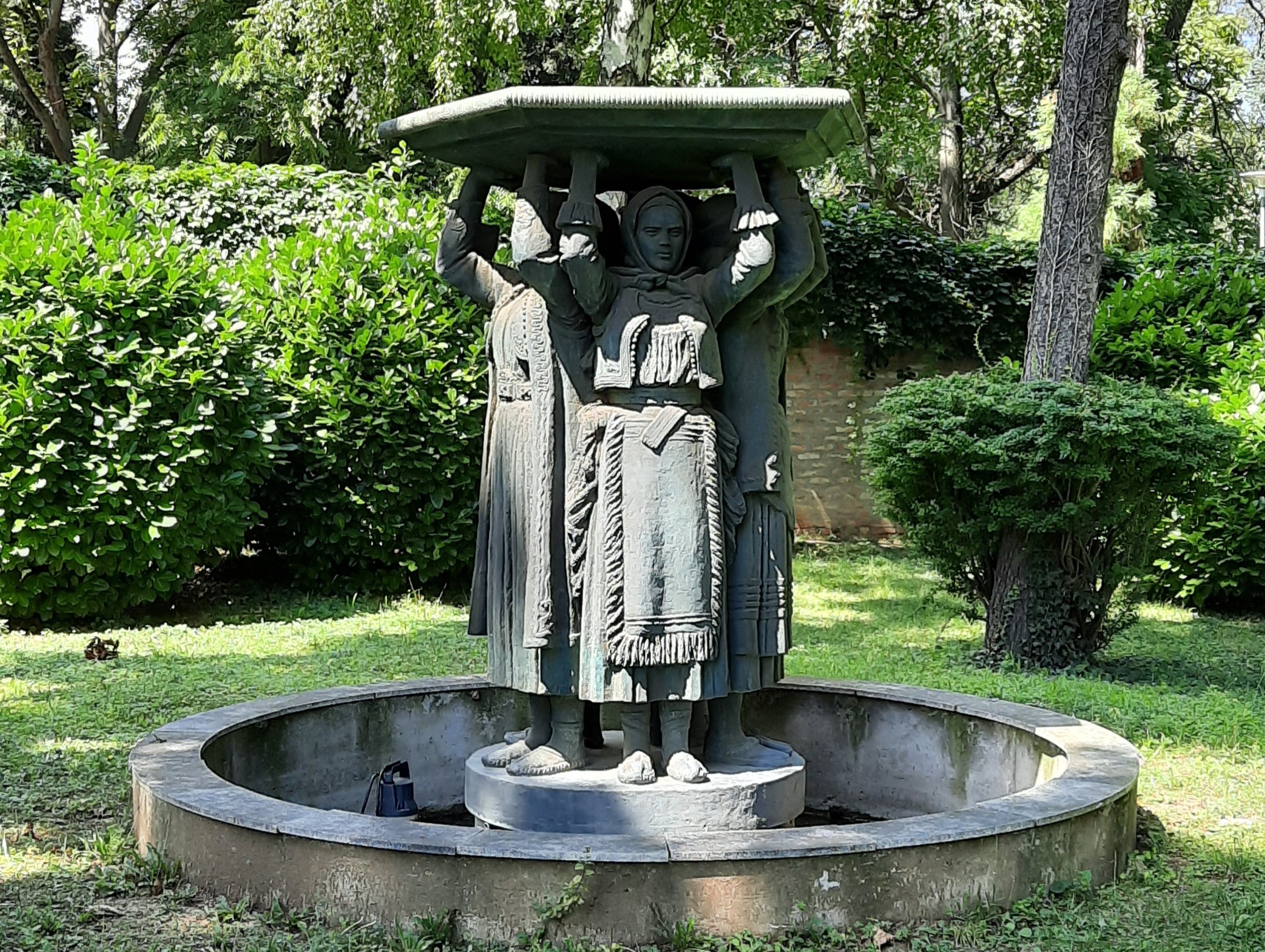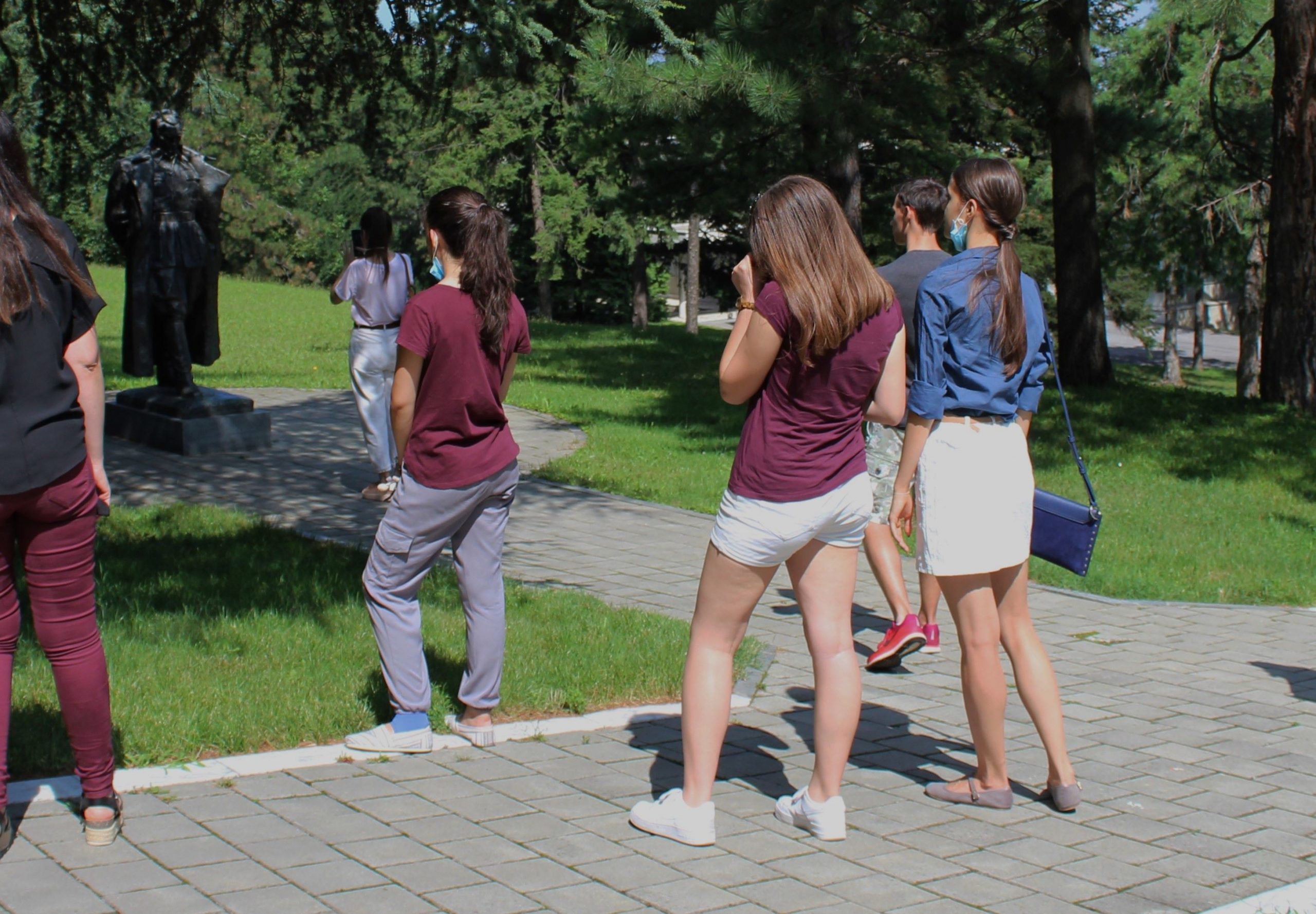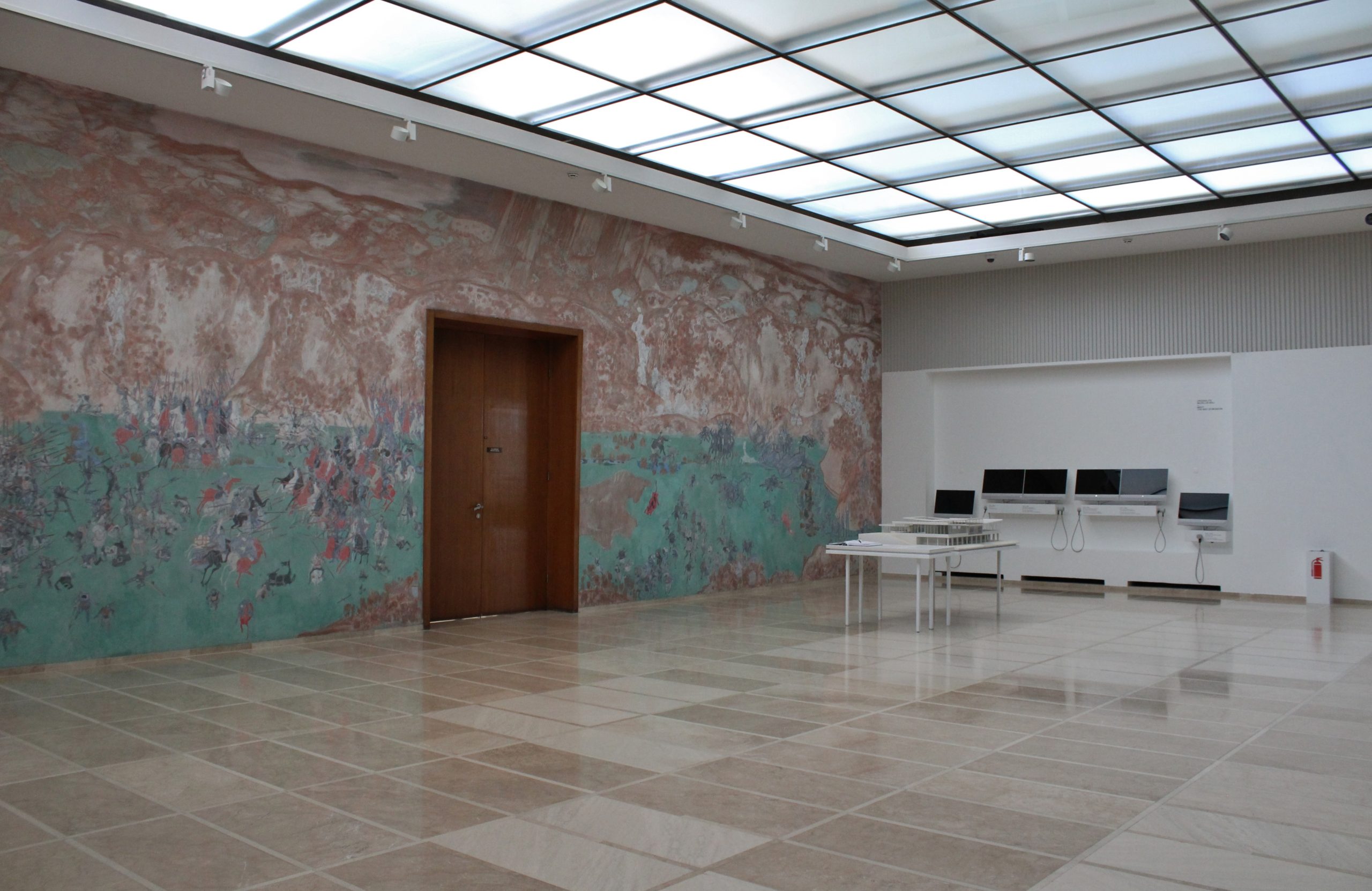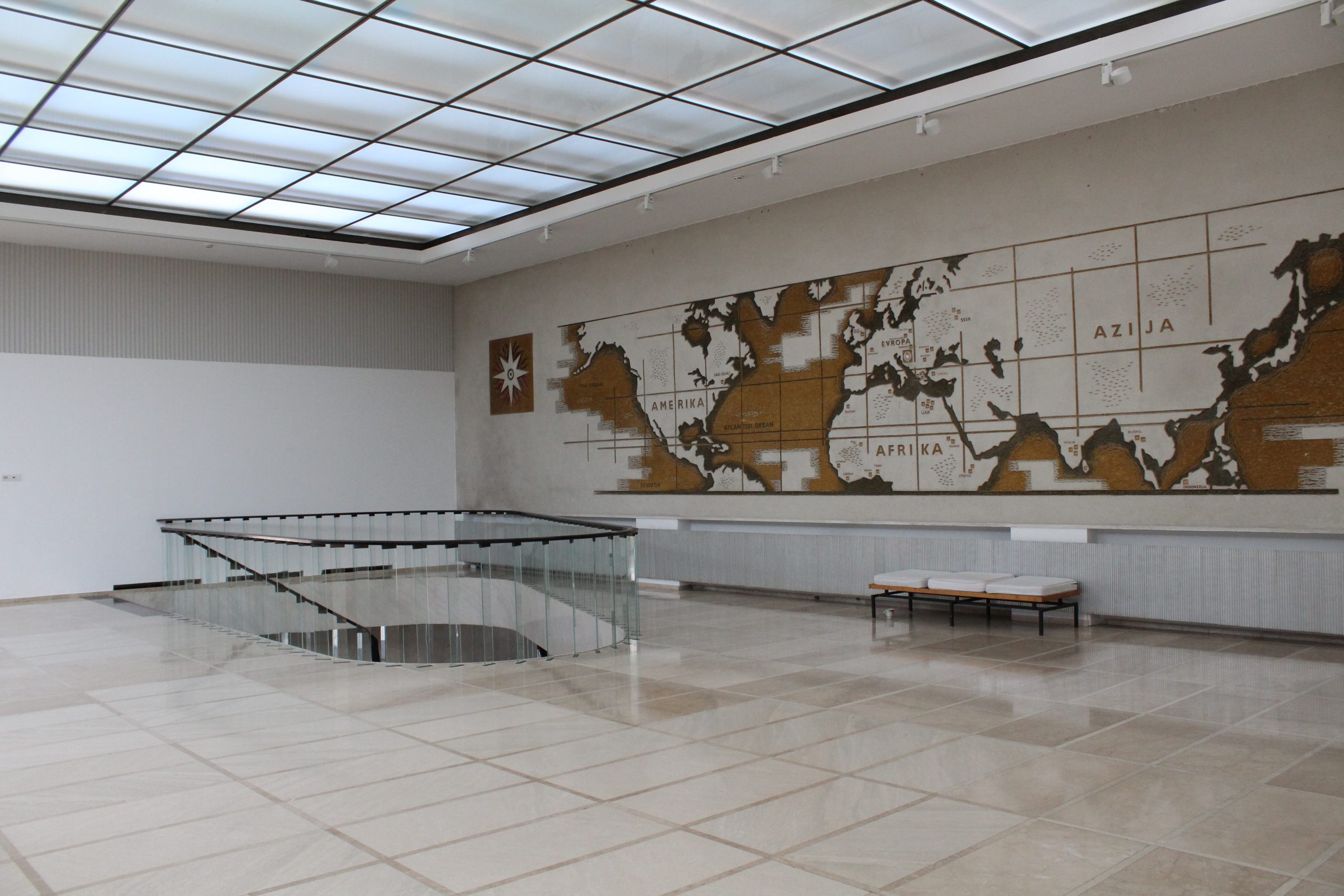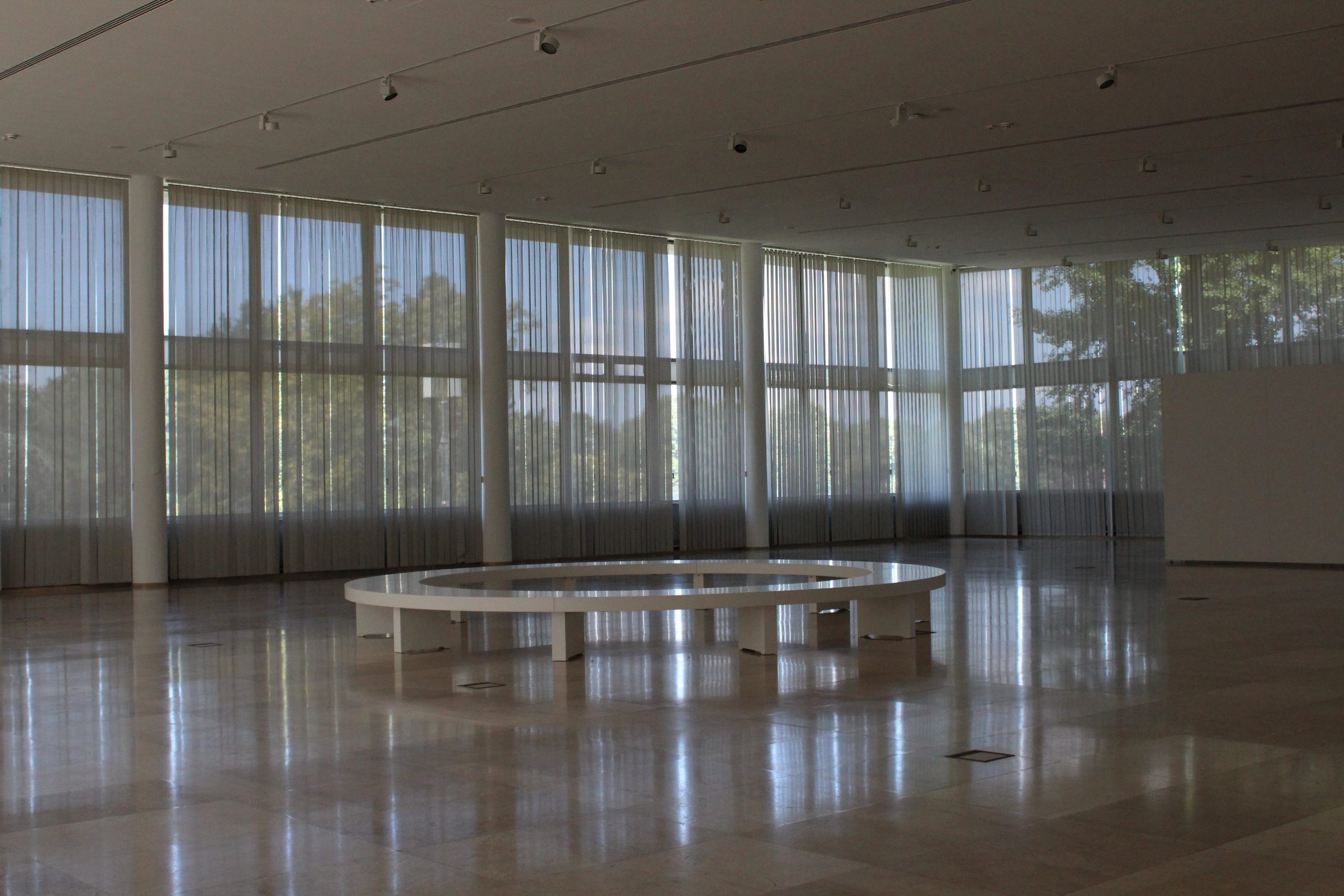WHERE IS IT?
Museum of Yugoslavia is located in Mihaila Mike Jankovića 6, in the municipality of Dedinje. Near the museum, there are villa ,,Mir" (,,Peace"), Hyde Park and Stadium JNA.
THE HISTORY
Museum of Yugoslavia was founded on 1996. by the regulation of the Government of the Federal Republic of Yugoslavia and back then it was called Museum of history of Yugoslavia. It was founded when the Memorial center ,,Josip Broz Tito" and Museum of Revolution were combined. Museum of Yugoslavia is is a public history museum which collects, studies and presents different objects connected to the history of Yugoslavia. Until 2003, this was an independent federal organisation, but later the Republic of Serbia had jurisdiction over it. In April of 2013, the museum became a cultural institution of great importance. In March of 2017 it changed its name into Museum of Yugoslavia.
Today, the House of flowers, The Old Museum and The Museum ,,25th May" are parts of the museum, with its total area of 5.252 square meters, as well as the park area of 3,2 hectors.
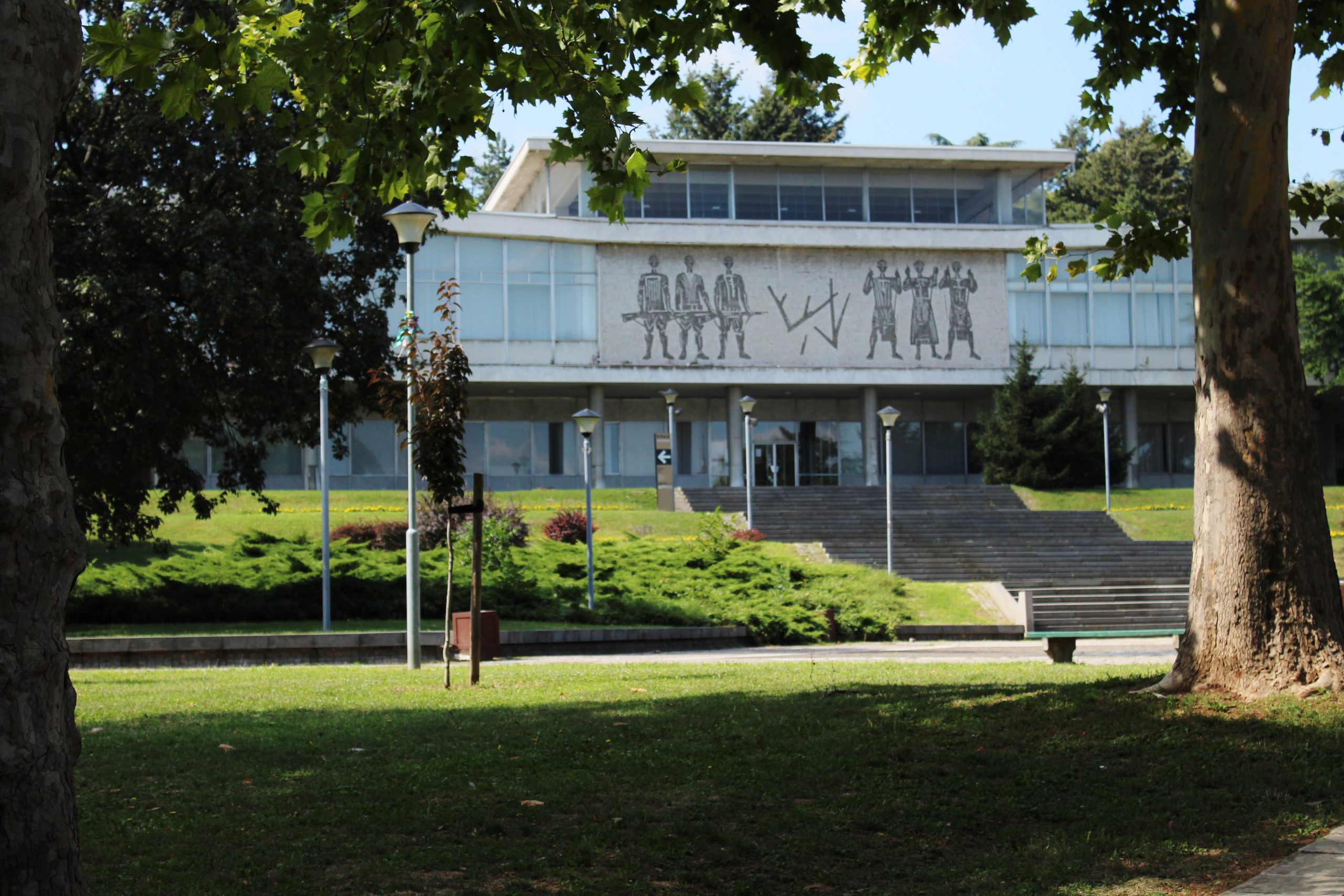
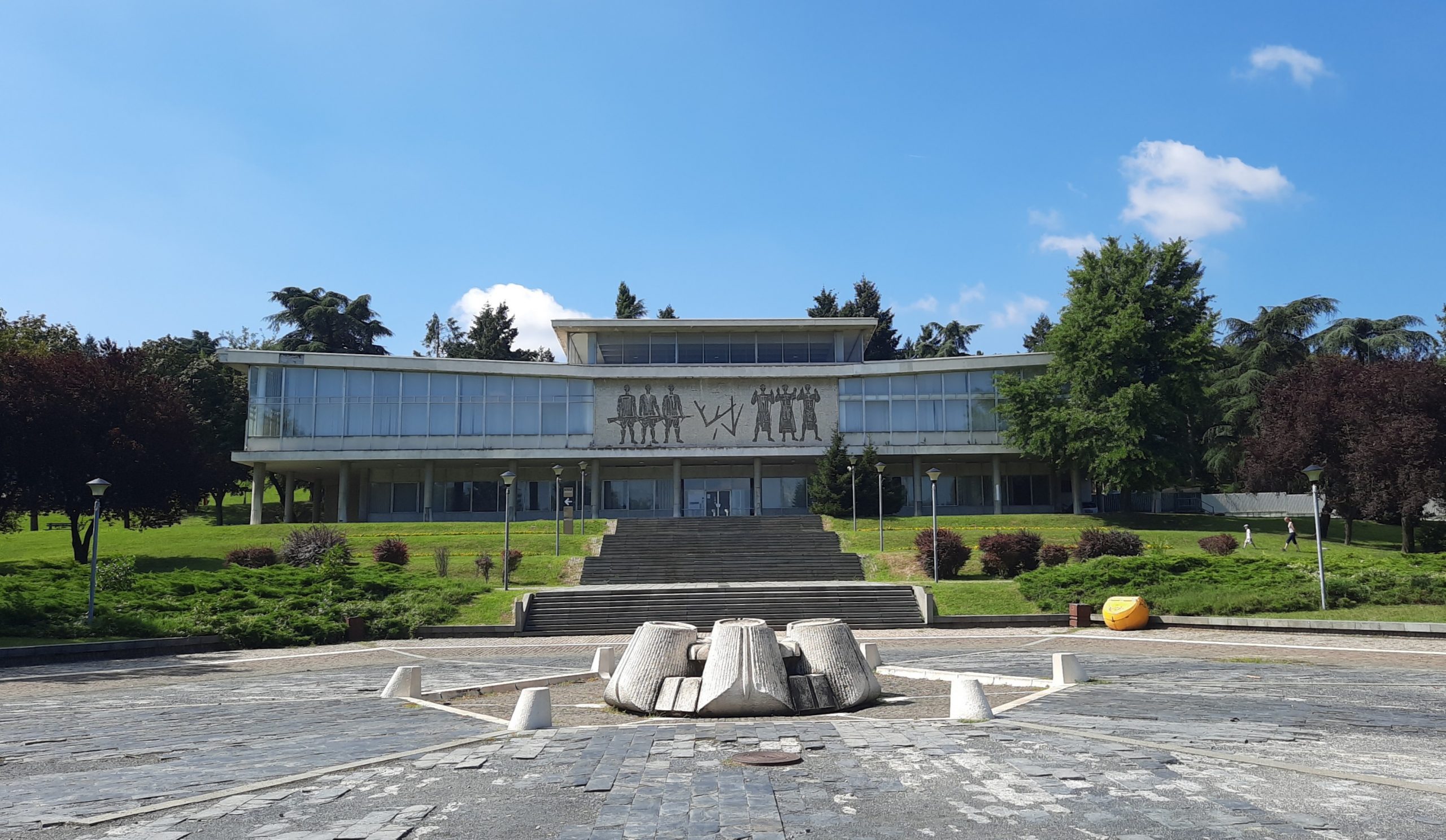

THE HOUSE OF FLOWERS
It was built in 1975. according to the project of Stjepan Kralj, as a winter garden for the use of the president of Yugoslavia Josip Broz Tito. At the time it was called „Flower Shop/The Florist's". It was located near Tito’s residency at Užička 15 so he spent a lot of time there while he was in Belgrade.
It consists out of the central part which had a fountain, which was removed to make room for Tito’s tomb, and rooms for work and rest which were placed around the central part. On the opposite side of the entrance is a balcony with the view of Belgrade.
At his request, Tito was buried in the House of flowers on May 8th, 1980. only 4 days after his death. At the time it was considered inappropriate to rename Tito’s resting place to a grave or a mausoleum, so the name House of flowers was made, and it is still used today. From his funeral up until May 4th, 1992. (The collapse of SFRY), the honor guard of JNA was protecting Tito’s tomb.
In 1996. it was decided to incorporate the House of flowers to the Museum of Yugoslavias history
In 1997. after the election, the president of FRY at the time Slobodan Milošević chose for his residency to be the former Tito’s residency at Užička 15 which was near the House of flowers. Then a wall was constructed which separated the residency at Užička 15, villa „Peace“, Billiard room and Hunter house from the Old museum , House of flowers and Museum May 25th.
Today, the permanent setting in the House of flowers consists of a memorial room in which visitors can sign the book of condolences and an exhibition part where local, republic and federal relay batons are located which the Yugoslavian youth carried in celebration of Youth Day, which was celebrated on Tito’s birthday May 25th.
THE OLD MUSEUM
The Old Museum is one of the three main units of the Museum of Yugoslavia. This object is very specific due to its architecture and position which is more like a storage room than a showroom. It was built in 1965 (architect Branko Bon) and it was used for keeping gifts that Tito received during numerous meetings with officials and statesmen from around the world, as well as the gifts that were sent from Yugoslavs, representatives from different organizations. During the Memorial Centre, it was transformed into a showroom and was opened to the public.
The goal for the concept of the permanent exhibition is Yugoslavia in 100 items. That will be the final phase of work on the permanent exhibition and it will be consisting of 100 carefully selected items which summerize the key processes, cultural forms and symbols that make up Yugoslav heritage in general.
The exhibition consists of the Memorial fund of Josip Broz Tito and the Museum of the Revolution Yugoslav nations and Ethnic minorities, and the backbone of the whole exhibition are relay batons.
The Memorial fund of Josip Broz Tito, created without a plan, mainly consist of gifts, and was built as Tito received a vast multitude of gifts through years. Only one percent of those items is presented to the public.
The Museum of the Revolution Yugoslav nations and Ethnic minorities was created by the systematic long-term collection and chronological arrangement of objects and documents on the labor movement that testify to the development of socialism in Yugoslavia.
The relays stand for a material trace of the manifestation in which every third Yugoslav participated, and which ocurred, starting in 1945, every May 25 on the occasion of the celebration of Tito's birthday. The series begins with the relays of youth made by young artists and continues with Tito's relays, which were handed to him personally.
The museum consists of five halls. In every hall there is one side that represents Memorial fund and another one that represents Museum of the Revolution.
Hall 1:
When it comes to the memorial part, in this hall there are mostly exhibits that represent gifts exchanged at a high state level and symbolize the identities of different countries and cultures. And the part that refers to the Museum of the Revolution consists of various documents and objects that refer to the period from 1870 to 1919. Here, you can also see documents that are related to the Balkan Wars, the First World War as well as the objects that are related to unification and formation of the Kingdom of Yugoslavia.
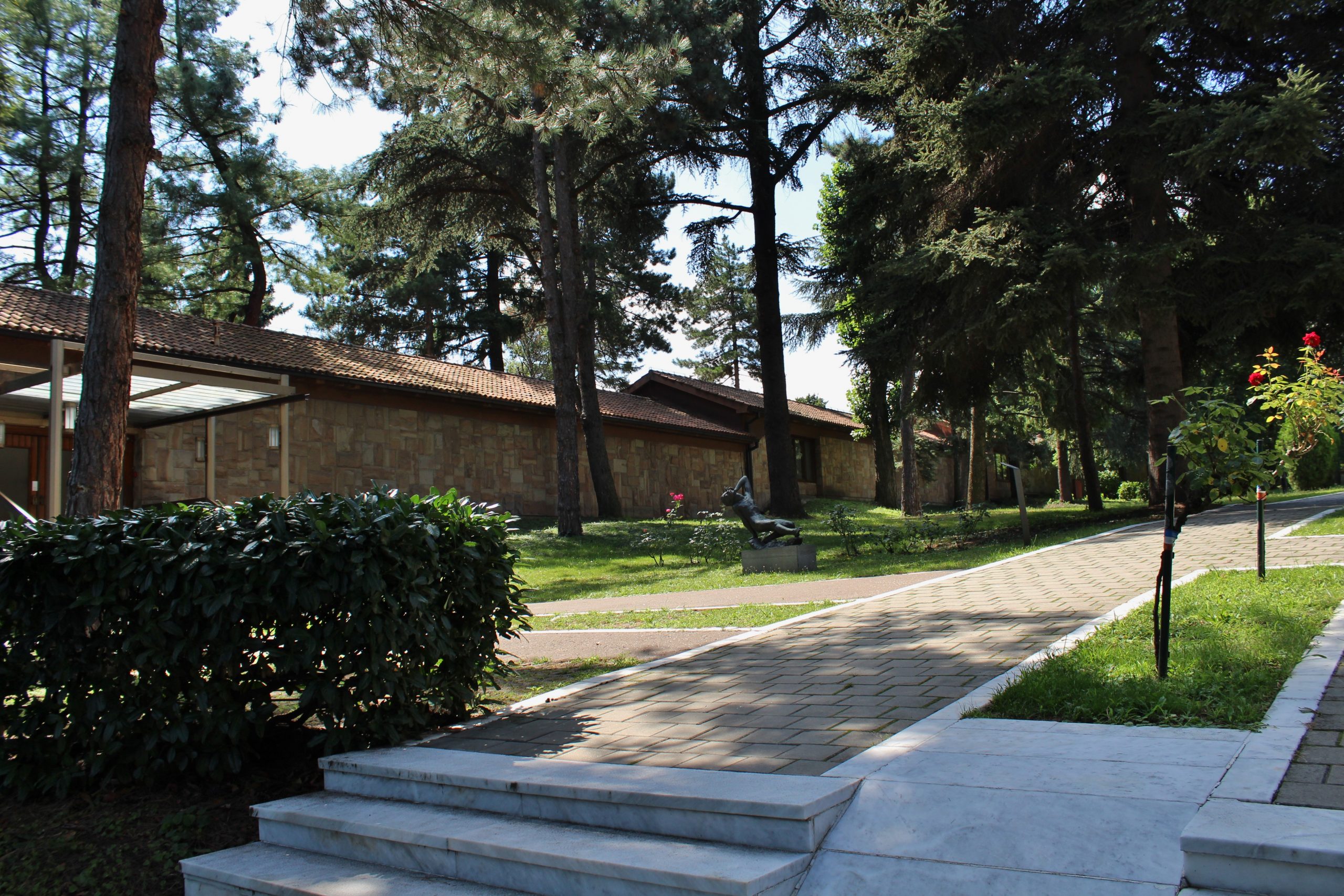
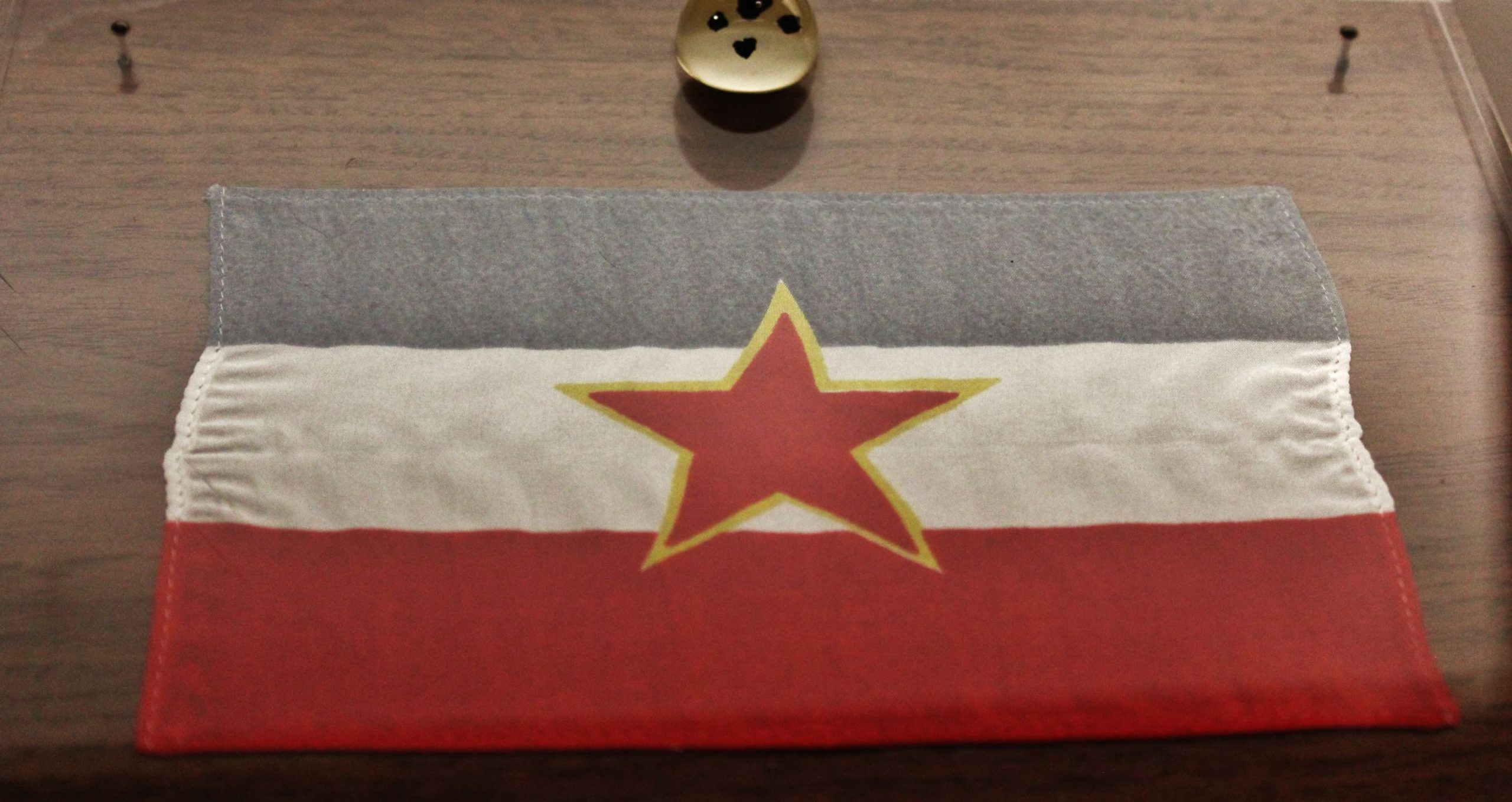
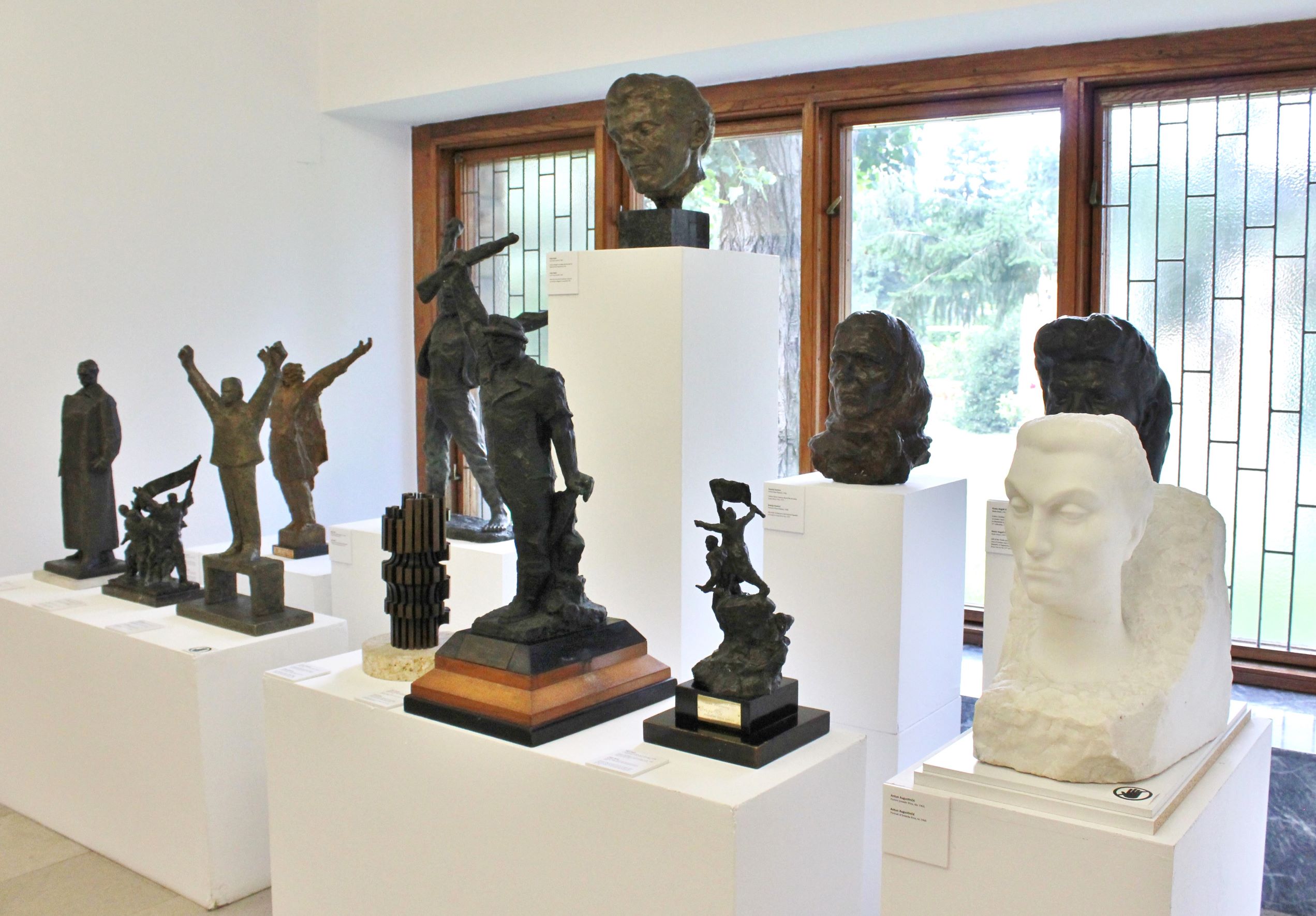
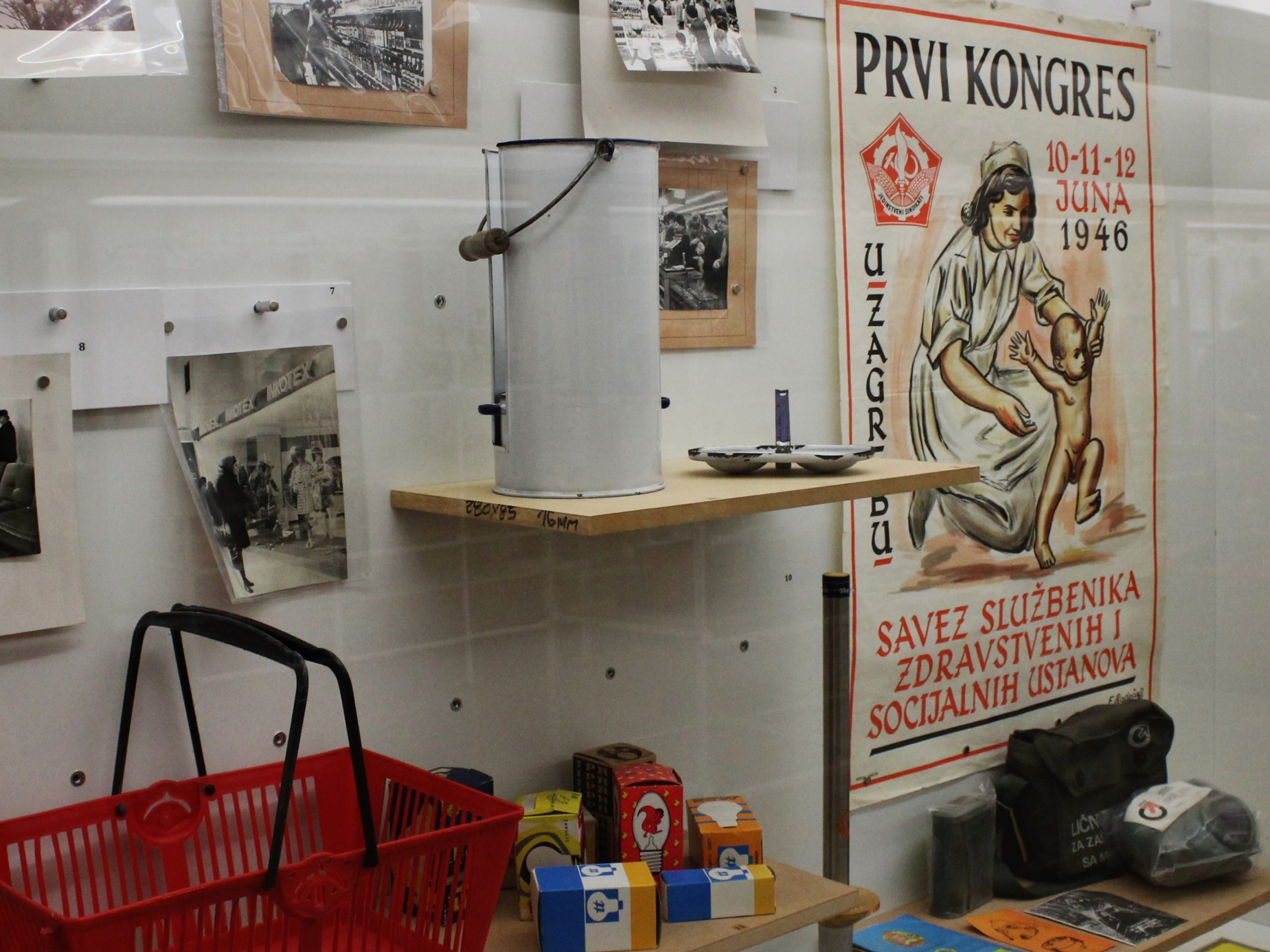
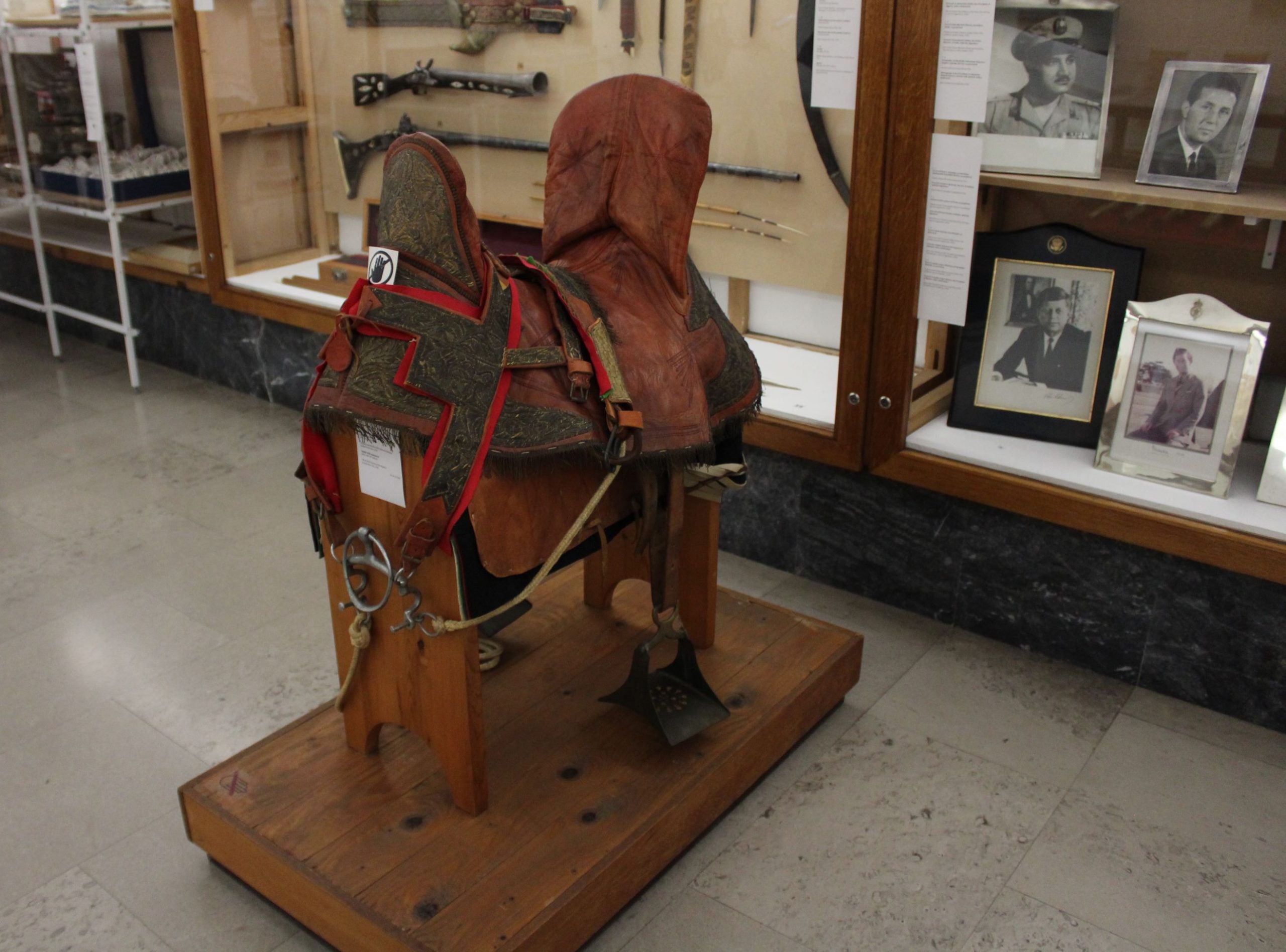
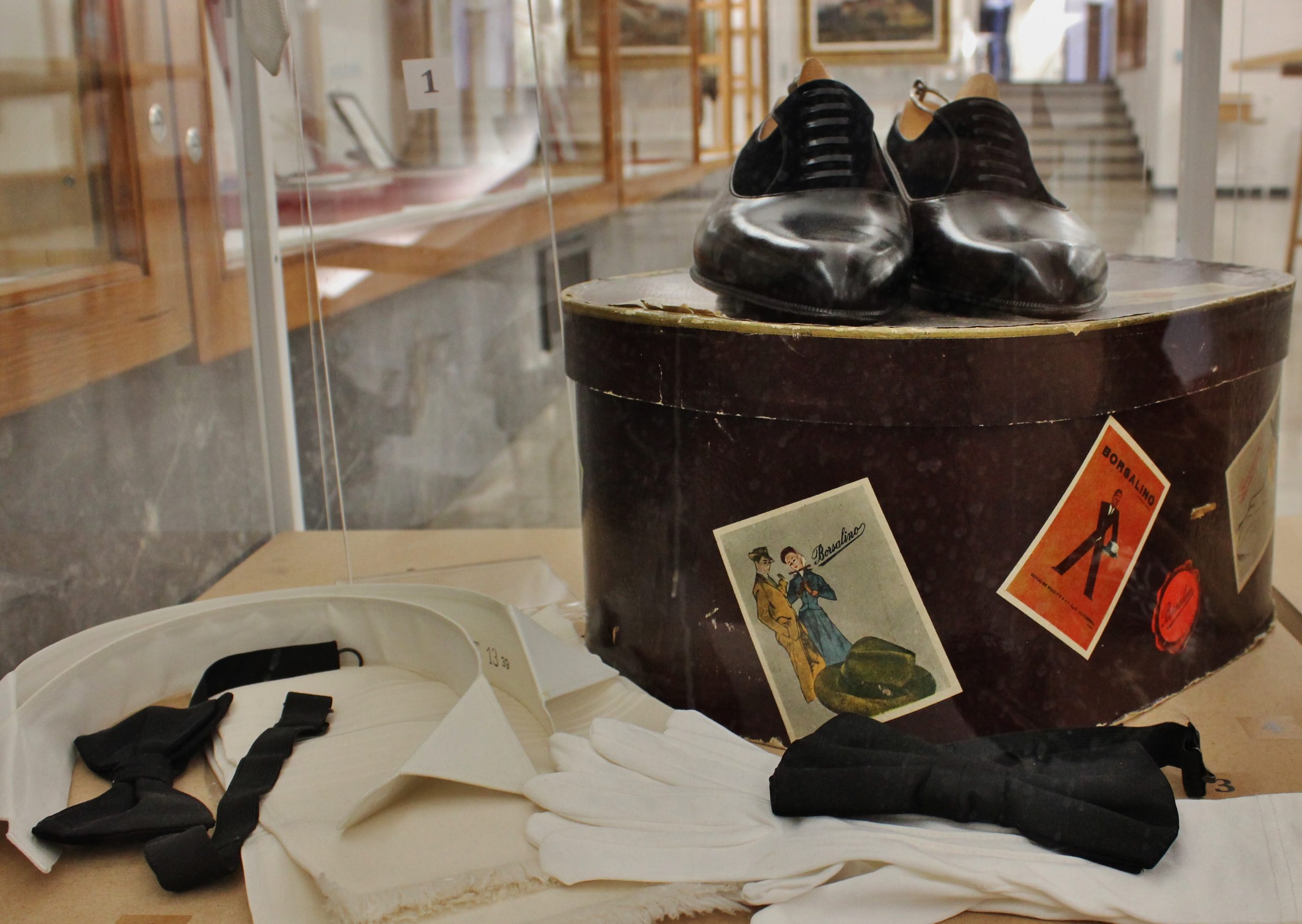
Hall 2:
This hall represents sovereign’s space and it consists of Tito’s personal items, weapons, and equipment. There are also a lot of charters and plaques which testify about his numerous functions and honors. The other side of this hall is filled with artifacts that refer to the Communist Party of Yugoslavia between two wars, the dictatorship of King Alexander (period between 1919 and 1941).
Hall 3:
Hall 3 consists of samples of the country’s mineral wealth, brief overview of Yugoslav art, items of technical culture etc. All of these items symbolize industrial development, various accomplishments and achieved work victories. The historical period shown in this hall is the period of World War II. Artifacts and weapons from this hall can be classified into few groups: Occupation, Uprising, Crimes, Camps, Great Battles of the Second World War fought on the territory of Yugoslavia, the People's government.
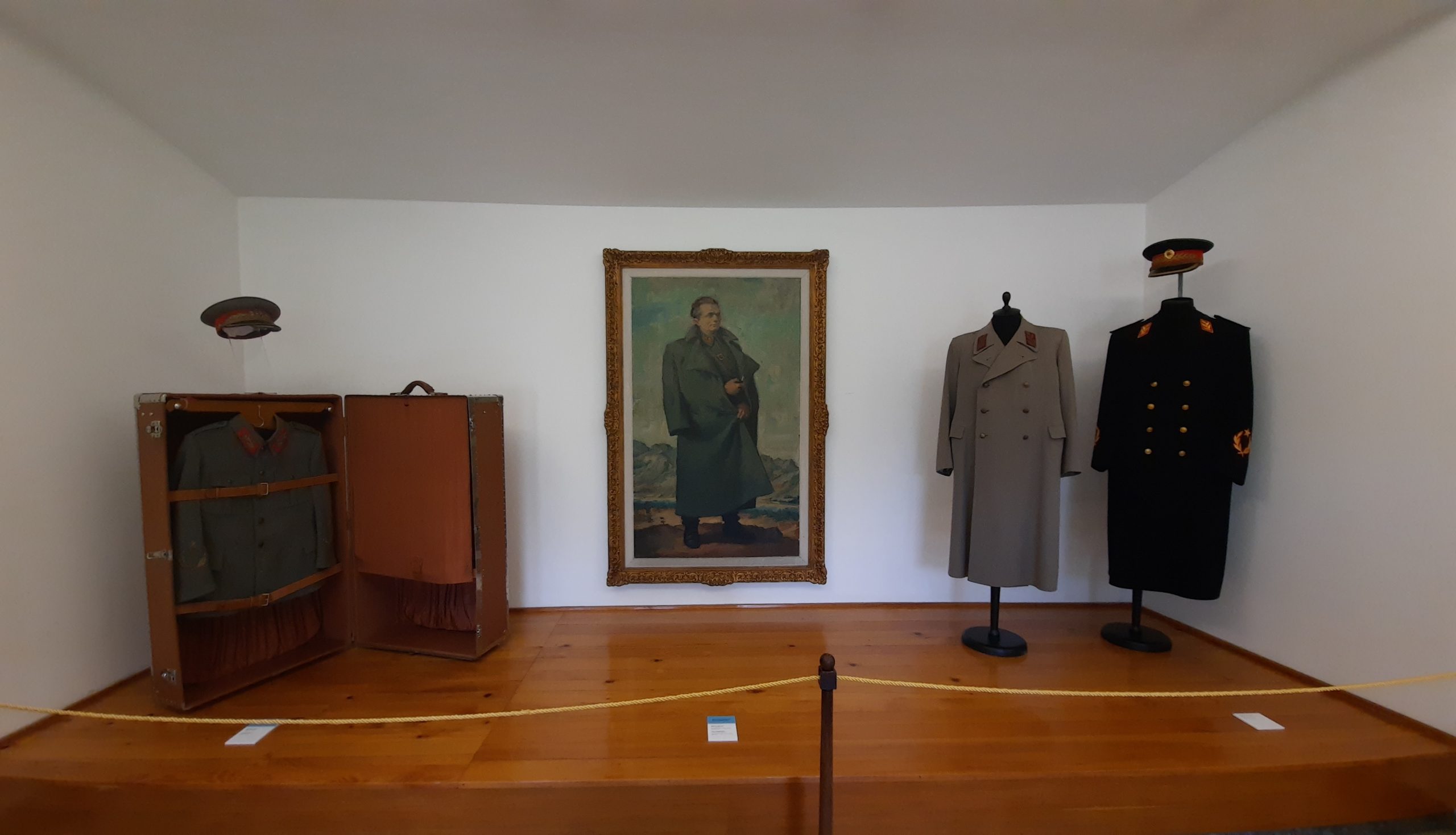
Hall 4:
Artifacts in this hall depict Yugoslav society. Here, you can see gifts from the people, local relay batons, amateur handcrafts etc. Among these items there are some curiosities such as the collection "The 4th of May ". It unites the gifts that arrived after Tito's death.
The historical topics that the items from this hall unite are: War Crimes Trial, Industrialization, Enlightenment, Standard and Technical Development (period from 1945 to 1996).


Hall 5:
In this hall, a part of the museum fund that was created in the period after 1996, is exhibited, when the Museum of the History of Yugoslavia was opened. In addition to acquisitions that represent the socio-political circumstances of the 1990s, a large part of the fund also refers to topics that have not been adequately covered in previous halls, such as everyday life and culture. This fund was completed through many years of cooperation with various organizations, which shows the general interest in the Yugoslav heritage. "The Project of Yugoslavia" is the result of cooperation between the Museum of Yugoslavia and the organization "Kiosk - a platform for contemporary art." The project contains 100 statements of people of different profiles and generations from the former state property. This acquisition is very important for the Museum. The statements of the interviews complement the curatorial interpretations of the case and contribute to a better understanding of the Yugoslav heritage.
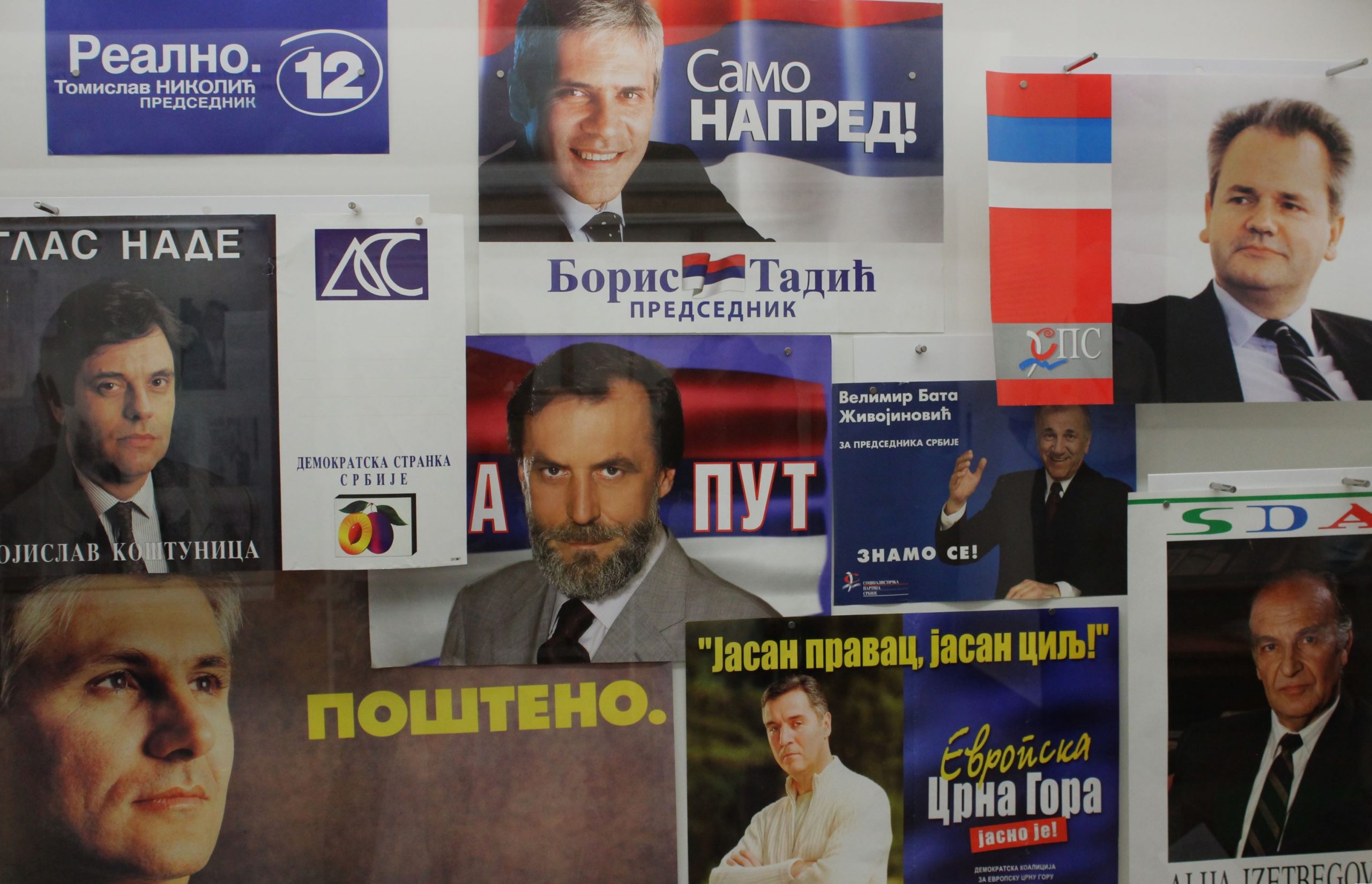
THE 25th OF MAY MUSEUM
Josip Broz Tito received the Museum on May 25th from the city of Belgrade for his 70th birthday. This building was designed by Mihailo Mika Janković and presents a significant example of modern architecture and total design. The museum was open to the public with the intention of exhibiting numerous gifts addressed to the President of the SFRY, from the country and abroad.
A fund of 200,000 exhibits was distributed in 16 different collections, while the archeological collection had 112 exhibits, the collection of weapons had 177 and the collection of applied arts had 2075. With the formation of the Memorial Center "Josip Broz Tito", The 25th May Museum got the role of entrance and exit object of a large memorial complex.
In this museum, young people held numerous meetings with artists and other creators, thematic exhibitions were held from the funds of the Memorial Center "Josip Broz Tito", and visitors could watch documentaries about the life and work of Josip Broz.
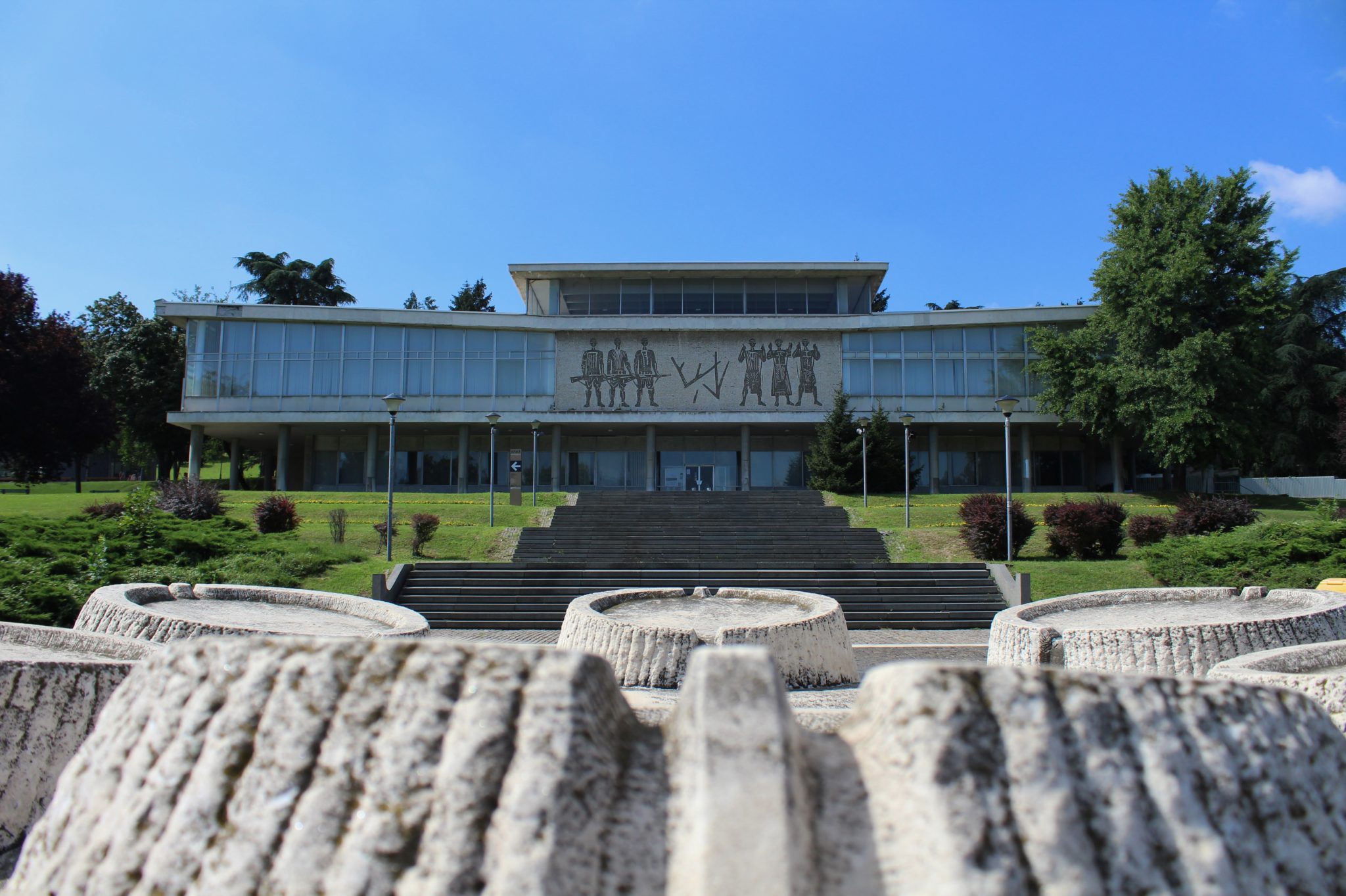
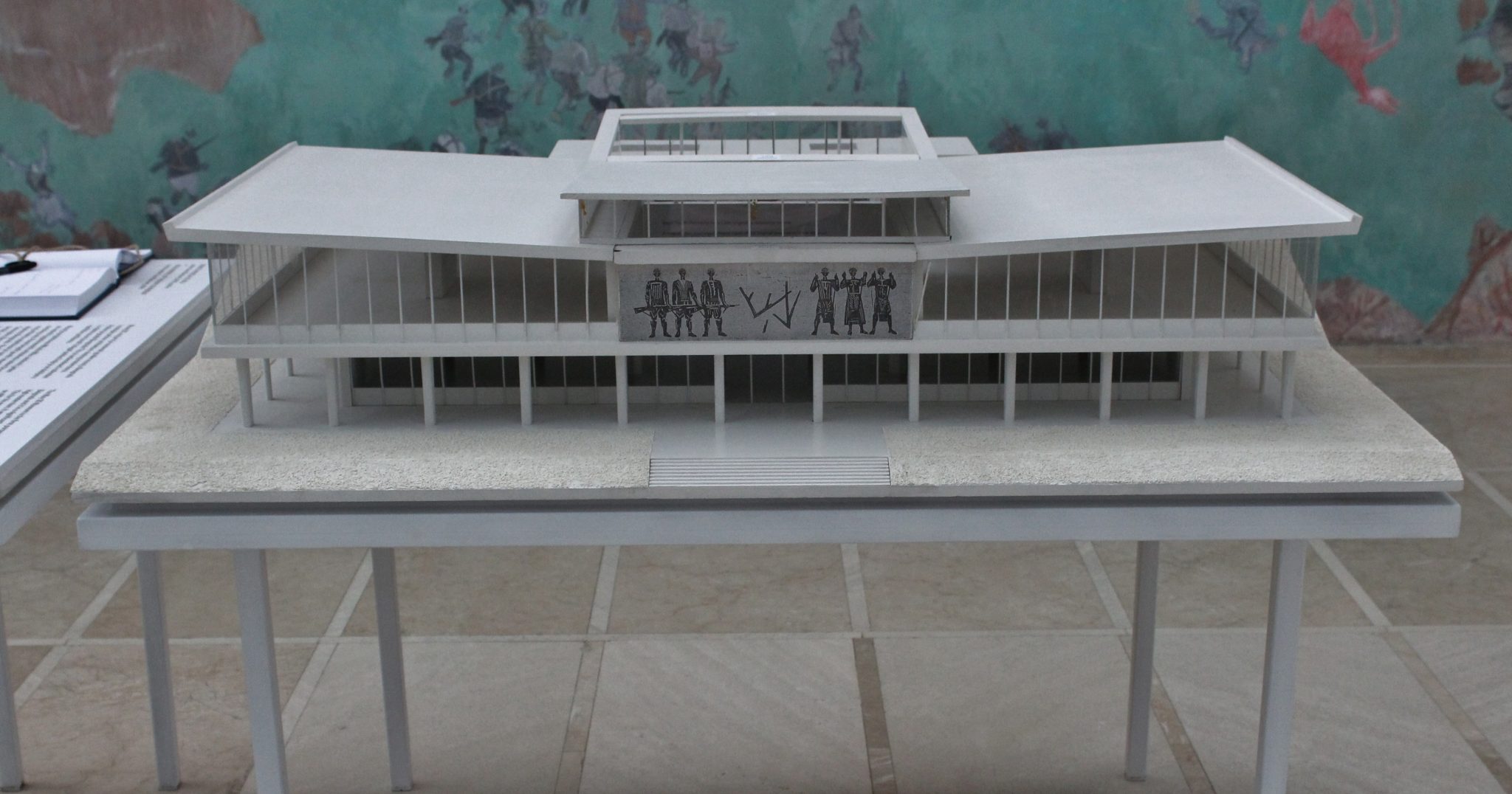
Beotourists at the Museum of Yugoslavia
Pripremila: Sofija Jovanović

